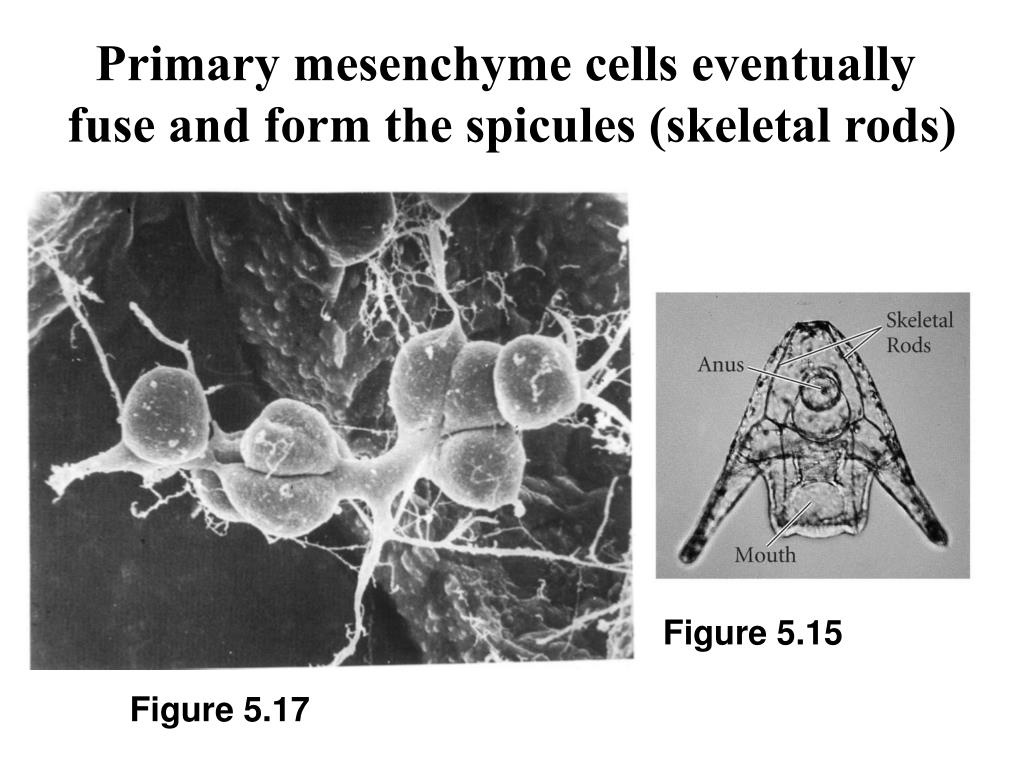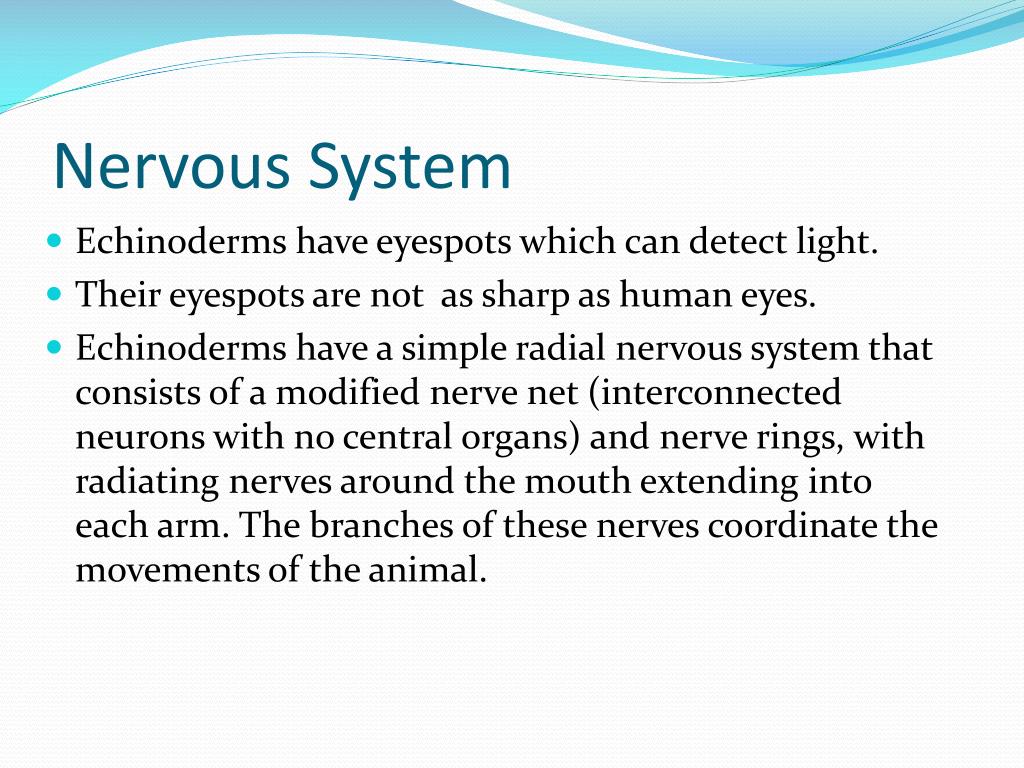


More recent research has shown that our understanding of protostome mouth formation is somewhat less secure than we had thought. It was originally thought that the blastopore of the protostomes formed the mouth, and the anus was formed second when the gut tunneled through the embryo. In deuterostomes, the original dent becomes the anus, while the gut eventually tunnels through the embryo until it reaches the other side, forming an opening that becomes the mouth. This dent, the blastopore, deepens to become the archenteron, the first phase in the growth of the gut. In animals at least as complex as an earthworm, a dent forms in one side of the early, spheroidal embryo. In epibolic gastrula, there is no invagination, but the endo-mesodermal cells become internalized through overgrowth by the ectodermal cells the endoderm differentiates into the gut, and mouth and anus develop from ectodermal invaginations, stomodaeum and proctodaeum, respectively.The embryological origin of the mouth and anus is an important characteristic, and forms the morphological basis for separating bilaterian animals into two natural groupings: the protostomes and deuterostomes.In invagination gastrula, the gastrula develops from a blastula through invagination of the endoderm forming the archenteron with the blastopore.Deuterostomy is a condition in which the blastopore was retained as the bilaterian anus, the mouth developing as a secondary opening.Protostomy is a condition in which the blastopore was retained as the bilaterian mouth, the anus developing as a secondary opening.Amphistomy is a condition in which the tubular gut evolved from the sack-shaped gut through lateral blastopore closure, leaving mouth and anus.The tubular gut of the bilateral animals evolved from the sack-shaped gut of the common ancestor.The latest common ancestor of the eumetazoans (ctenophores and placozoans are not discussed here) was a gastrula-like organism, with a sac-shaped gut with a blastopore.It is concluded that the tubular gut with mouth and anus most probably evolved through amphistomy. fate of the actual blastoporal opening fate of the tissues surrounding the blastoporal opening, studied both through cell-lineage and gene expression morphology and embryology of the central nervous systems and morphology of larval ciliary bands according to the trochaea theory. A recent review has discussed the most informative characters related to the blastopore fates, viz. Three theories for the evolution of the tubular gut prevail: (1) Protostomy in which the blastopore should become the mouth and the anus develop secondarily, (2) Deuterostomy in which the blastopore should become the anus and the mouth develop secondarily and (3) Amphistomy in which the blastopore should become divided into mouth and anus through fusion of the lateral blastopore lips. Cell-lineage studies show that gastrulation through epiboly and invagination follow similar patterns with the cells of the blastopore rim bordering the cells which give rise to endo-mesoderm. The bilaterian tubular gut with mouth and anus is generally believed to have evolved from the sack-shaped gut of a gastrula-like organism.


 0 kommentar(er)
0 kommentar(er)
